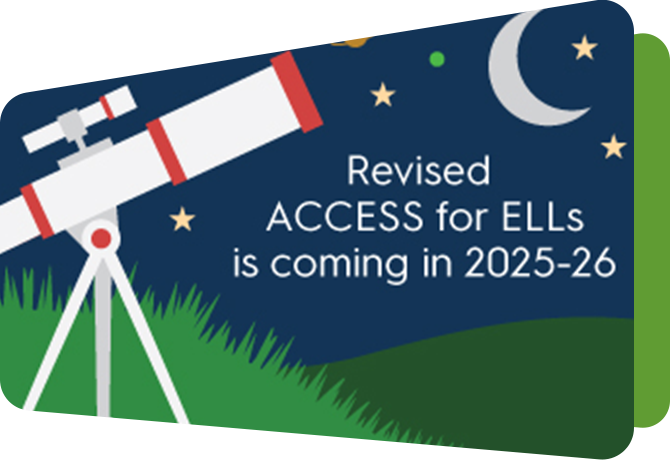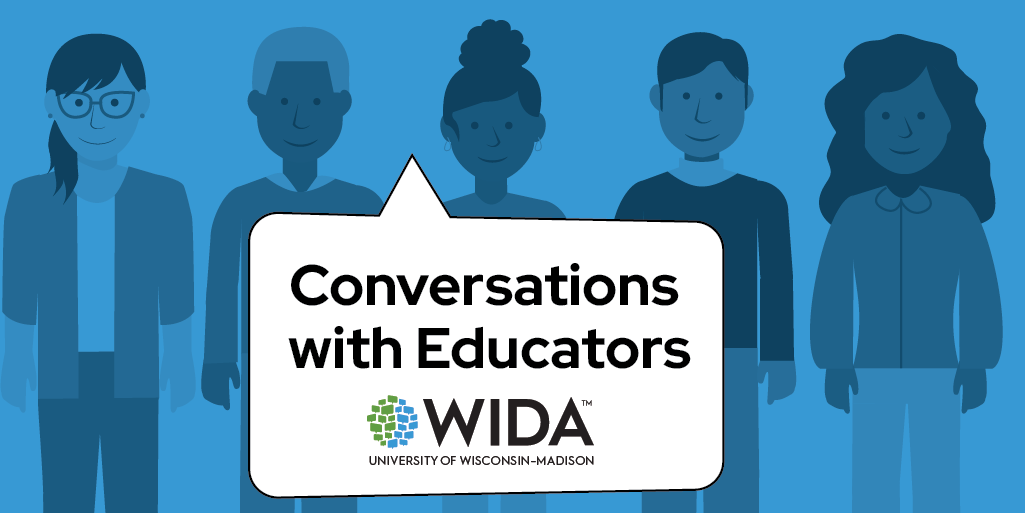Teaching with Standards
The role of standards in K-12 instruction
WIDA understands that your instructional context is unique. For example, you might be teaching academic subjects with multilingual learners integrated into your classroom, or you might be collaborating as a content or language expert for your shared multilingual students. Regardless, the WIDA Language Development Standards frameworks can help you integrate language development and content learning that is suitable to the grade level and the various English language proficiencies of your students.
The WIDA Standards
WIDA has established language development standards for English and Spanish. These standards represent the language students need to be successful in grades K-12.
The first standard, Social and Instructional Language, reflects the ways in which students interact socially to build community and establish working relationships with peers and teachers in ways that support learning.
The remaining four standards present ways multilingual learners can communicate information, ideas and concepts necessary for academic success in Language Arts, Math, Science and Social Studies.

Planning and Delivering Units and Lessons with the WIDA Standards Frameworks
Educators use
- Grade-level state content standards to determine unit plan goals and success criteria
- The WIDA English Language Development (ELD) Standards Framework to develop language objectives aligned with unit goals
- Meaningful lessons focused on content area knowledge and skills as a context for language development
Resources
WIDA provides a variety of resources that help you understand how to use standards. For example, in the WIDA ELD Standards Framework and WIDA Spanish Language Development Standards guides, WIDA provides examples of each standard within a classroom context and makes explicit connections to content standards.
In addition, language development is differentiated across six proficiency levels according to performance criteria using three dimensions of language: word/phrase, sentence and discourse. WIDA provides similar, but more age-appropriate resources for early-years students developing their language skills. This approach allows teachers to notice what students can do and to scaffold learning targets that support language growth.
See below for more on the English and Spanish language development standards and related resources.
Related Pages

ELD Standards Framework
A framework that provides a foundation for curriculum, instruction and assessment for multilingual learners in kindergarten through grade 12.

Marco DALE
A Spanish language development standards framework that informs the design of linguistically and culturally sustaining curriculum, instruction and assessments

Teaching in PreK-3
A developmentally sound framework for providing quality care and instruction to young multilingual children in early care and education settings.

Standards in Action
Classroom videos of innovative instruction that promotes English language development and content learning.




